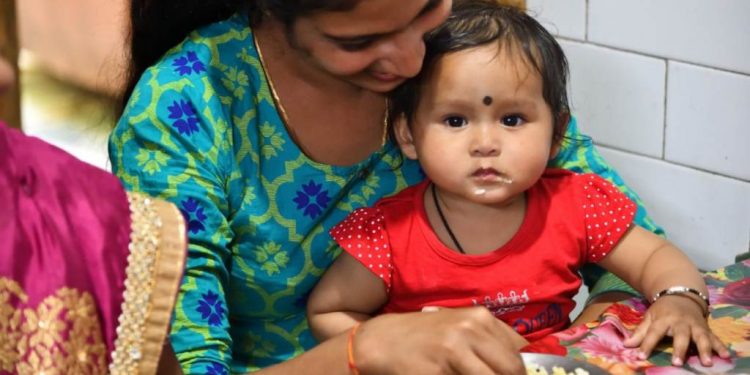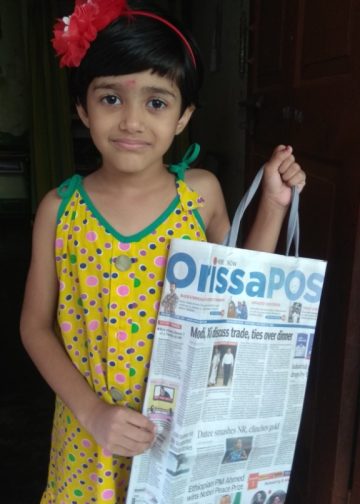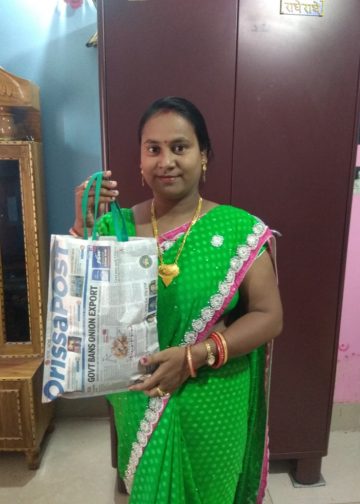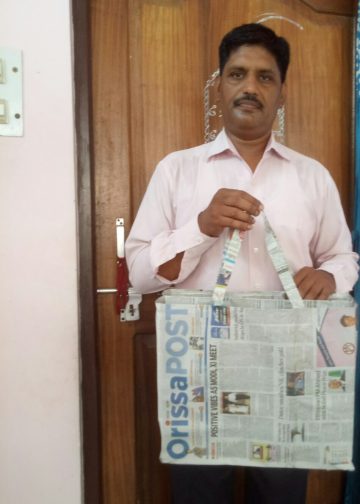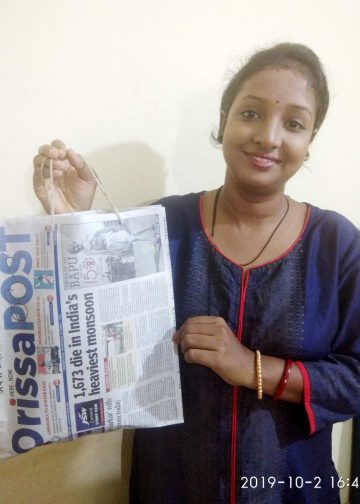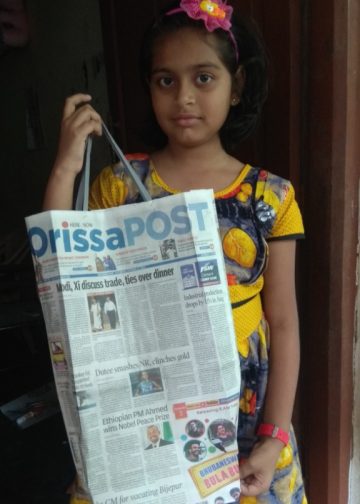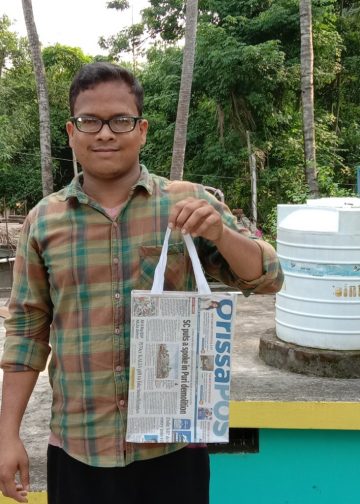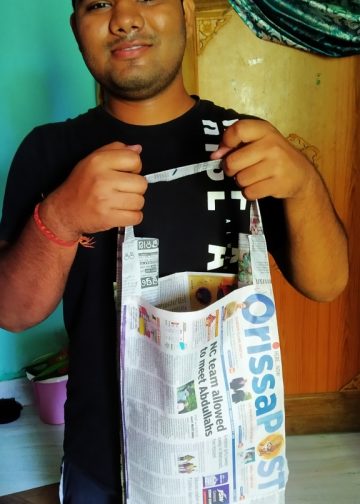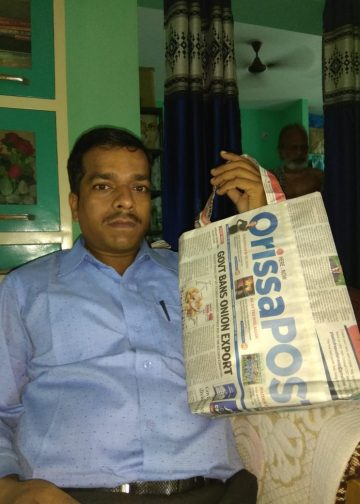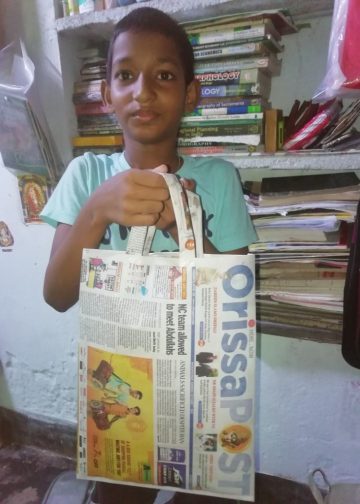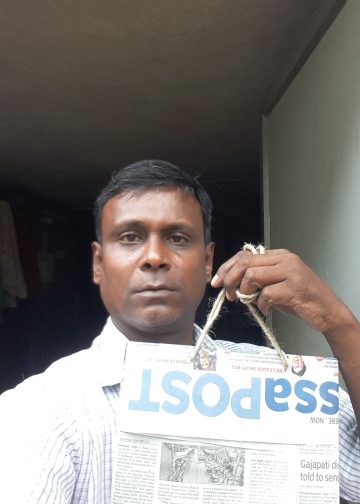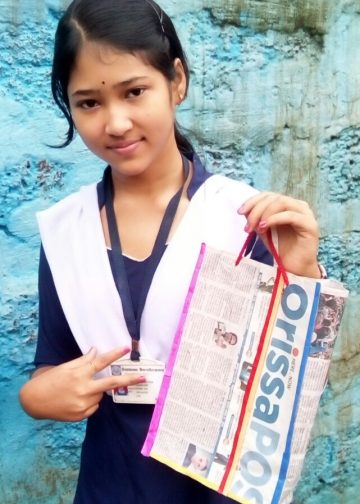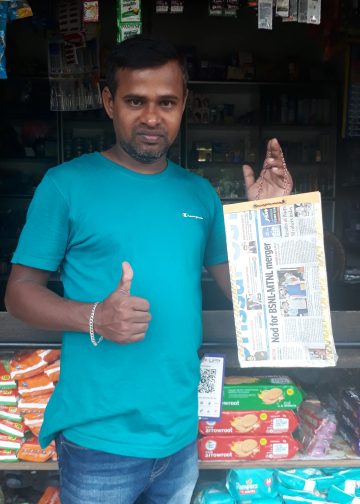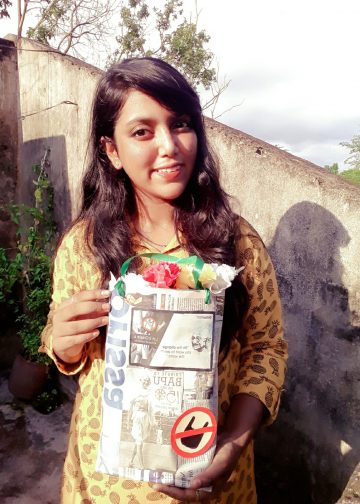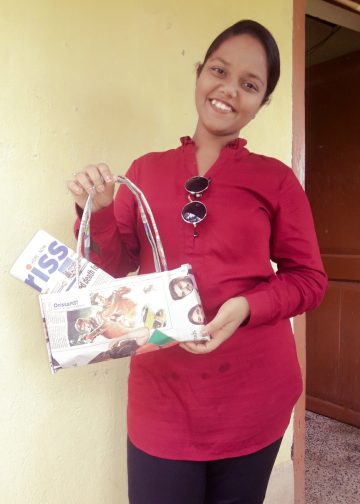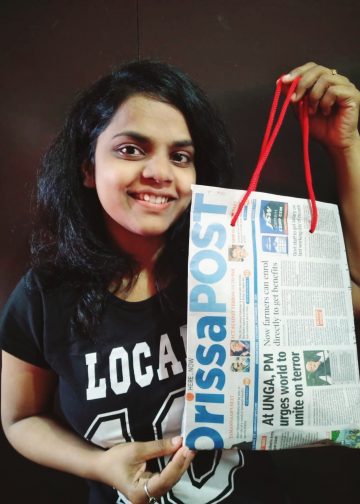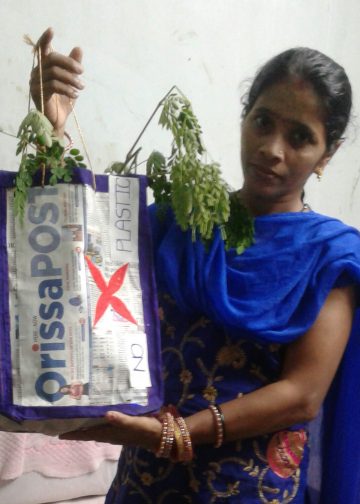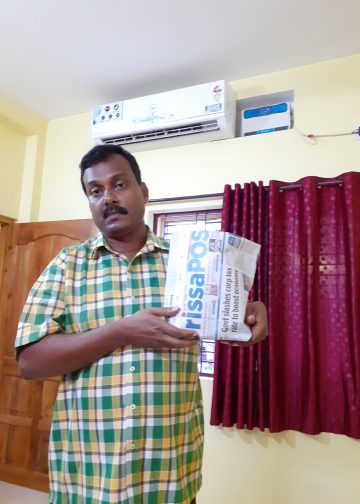BHUBANESWAR: Odia cuisines are not just limited to Mahaprasad and Bhog. In fact, there is a distinctive identity of homemade Odia delicacies which are rarely found at eateries. However, some eateries have tried to change this narrative by serving genuine Odia delicacies.
Kanhu Tripathy, food researcher, said, “Odia cuisines are 15-20,000 years old and it hardly contains any elaborated spices or oil.” Orissa Post interacted with some foodies and restaurant owners of the city to delve deeper into the subject.
Pratik Mohanty, an avid Odia cuisine lover, said, “Due to our fast-paced lifestyle, we hardly get time to cook authentic Odia meals. In fact, in my village at Sunabeda, my mom serves me Odia delicacies including Besara, Patar Poda, Chuiin Tarkari( Drumstick curry), Chakuli and Usuna Bhata among others. For such items, I often visit Ballaree at CRPF square, Bhubaneswar.”
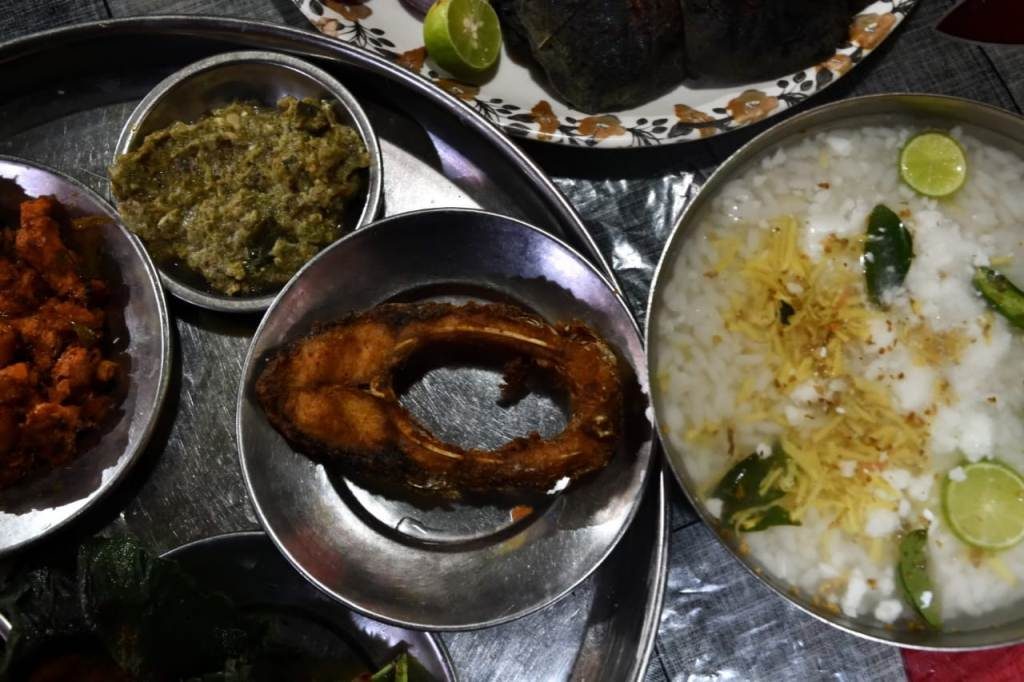
Sisira Kumar Rana, Cook, Ballaree, said, “One can hardly get a seat at our outlet these days. The favourite dish of Odias Pakhala along with Manja Poda, Jahni Poda, Chhatu Poda, Chingudi poda, Machha Besara, Saga Bada, Chuiin sorisa and Ambula Rai is the best selling dish.”
Odisha Hotel owner Rajiv Swain said, “The timeless combination of Usuna Bhaata, Kolatha Dali, Khasi Mansa, Saga Bhaja, Ambula Rai, Mahuralli Machha tarkari, Khakharu Phoola Bhaja (Pumpkin flower fritter) and Aloo Bharta is always on demand. Besides Dahi Pakhala with Baigan Poda, Jahni Poda, Badi chura, tomato poda is our most selling cuisine.”
Supervisor of Odisha Hotel, Dipti said, “We fail to offer seats to our guests as the hotel is always jam-packed. Not just Odias, even foreigners come to our outlet frequently.
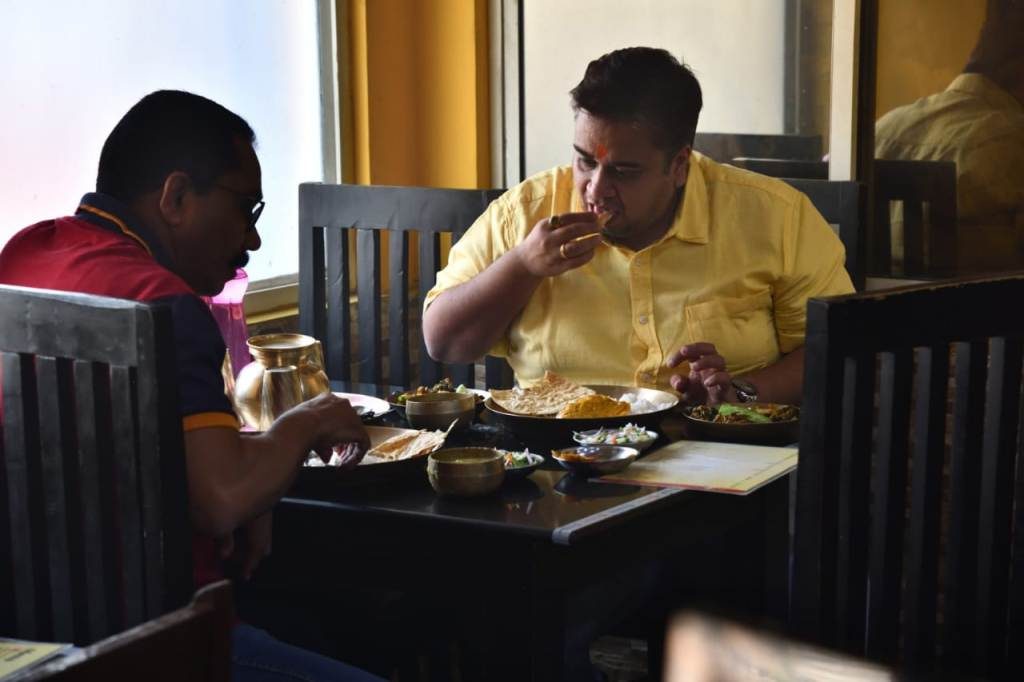
A particular dish that has tickled the gastronomes of denizens is Manja Poda. The procedure to prepare this age-old delicacy is intricate. At first, turmeric and salt is added to chopped manja pieces and squeezed. A paste is then prepared of Mustard seeds, garlic and green chilly. The pieces are then boiled after extracting the juices with little salt, turmeric and water and then cooked.The vessel is then heated with oil. When hot, phutan and dry chilly are added along with chopped tomato. When half cooked, mustard paste is added to it along with some more salt and turmeric. The dish goes well with plain rice and Dahi Pakhala.
Dalma Restaurant at Unit-4 also serves authentic Odia food like Nadi Dalema, Khakharu Bara, Pariba Choppa Bhaja, Tomato Badi Poda, Pita Saga Rai, Chuna Machha Rai and Lembu Dala among others.
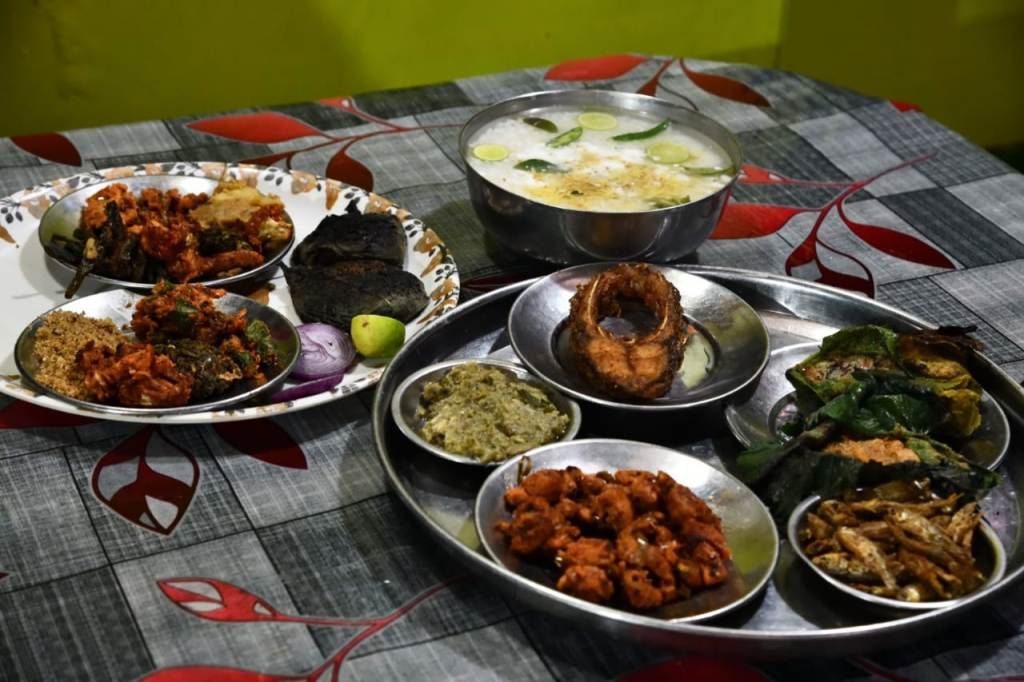
Nutritionist Anjana Tripathy of Kalinga Hospital said, “It’s not surprising that Odia cuisine is regaining its lost glory. People might eat North Indian, Chinese cuisine for a few days, but nothing matches the nutritional value of Sajana Saga bhaja, Usuna Bhata and Kolatha dali. Our climate is typically hot. Hence, these typical Odia cuisines have been designed by our ancestors to keep our body cool, healthy and fit. Therefore, Odia cuisines are making a huge comeback into the plates of each and every denizen.”

